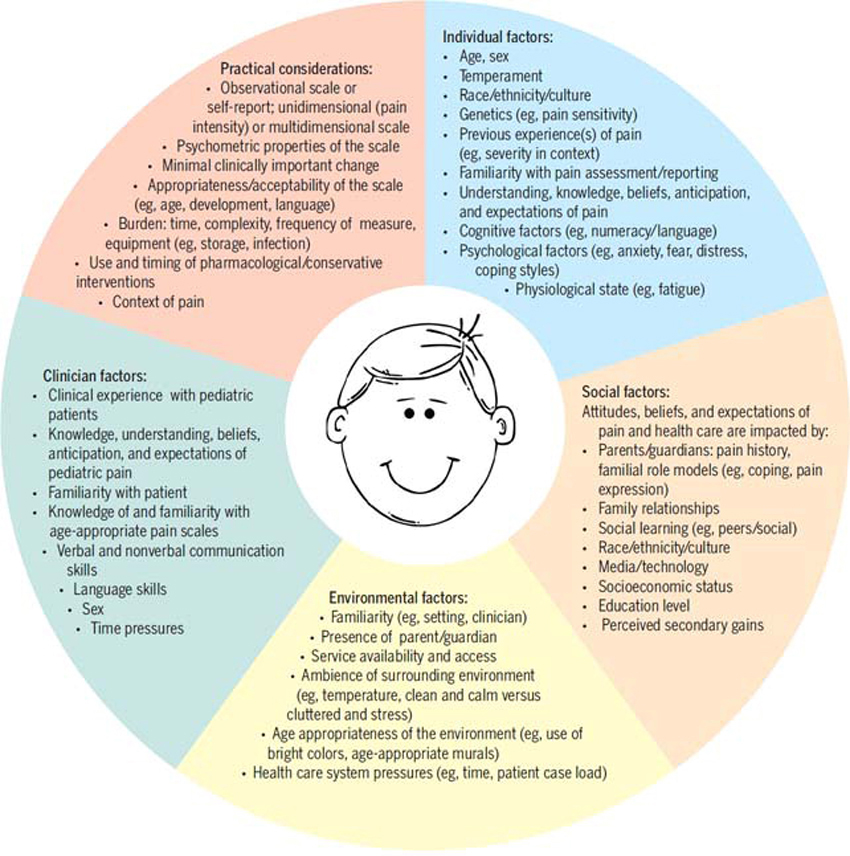Chronic Pain Reconsidered
SOURCE: Pain. 2008 (Aug 31); 138 (2): 267–276 ~ FULL TEXT
Michael Von Korff, and Kate M. Dunn
Group Health Center for Health Studies,
1730 Minor Avenue, Suite 1600,
Seattle, WA 98101-1448, USA.
Chronic pain has been traditionally defined by pain duration, but this approach has limited empirical support and does not account for chronic pain’s multi-dimensionality. This study compared duration-based and prospective approaches to defining chronic pain in terms of their ability to predict future pain course and outcomes for primary care patients with three common pain conditions: back pain (n=971), headache (n=1078), or orofacial pain (n=455). At baseline, their chronic pain was classified retrospectively based on Pain Days in the prior six months and prospectively with a prognostic Risk Score identifying patients with “possible” or “probable” chronic pain. The 0-28 Risk Score was based on pain intensity, pain-related activity limitations, depressive symptoms, number of pain sites, and Pain Days. Pain and behavioral outcomes were assessed at six-month follow-up, and long-term opioid use was assessed two to five years after baseline. Risk Score consistently predicted clinically significant pain at six months better than did Pain Days alone (area under the curve of 0.74-0.78 for Risk Score vs. 0.63-0.73 for Pain Days). Risk Score was a stronger predictor of future SF-36 Physical Function, pain-related worry, unemployment, and long-term opioid use than Pain Days alone. Thus, for these three common pain conditions, a prognostic Risk Score had better predictive validity for pain outcomes than did pain duration alone. However, chronic pain appears to be a continuum rather than a distinct class, because long-term pain outcomes are highly variable and inherently uncertain.
Keywords: chronic pain, back pain, headache, orofacial pain, classification, epidemiology
From the FULL TEXT Article:
1. Introduction
Patients seeking care for pain want to know whether their pain is likely to improve or run a chronic course, not only its cause and how it might be relieved and managed [13, 24]. Physicians’ abilities to provide guidance regarding pain’s likely course, as well as clinical and epidemiologic research, are hampered by lack of clear-cut, evidence-based operational criteria for classifying chronic pain [2, 6, 23, 26].
There are more articles like this @ our:
The International Association for the Study of Pain defines chronic pain as:
“…pain which persists past the normal time of healing…With nonmalignant pain, three months is the most convenient point of division between acute and chronic pain, but for research purposes six months will often be preferred [19].”
Read the rest of this Full Text article nmow!



Leave A Comment